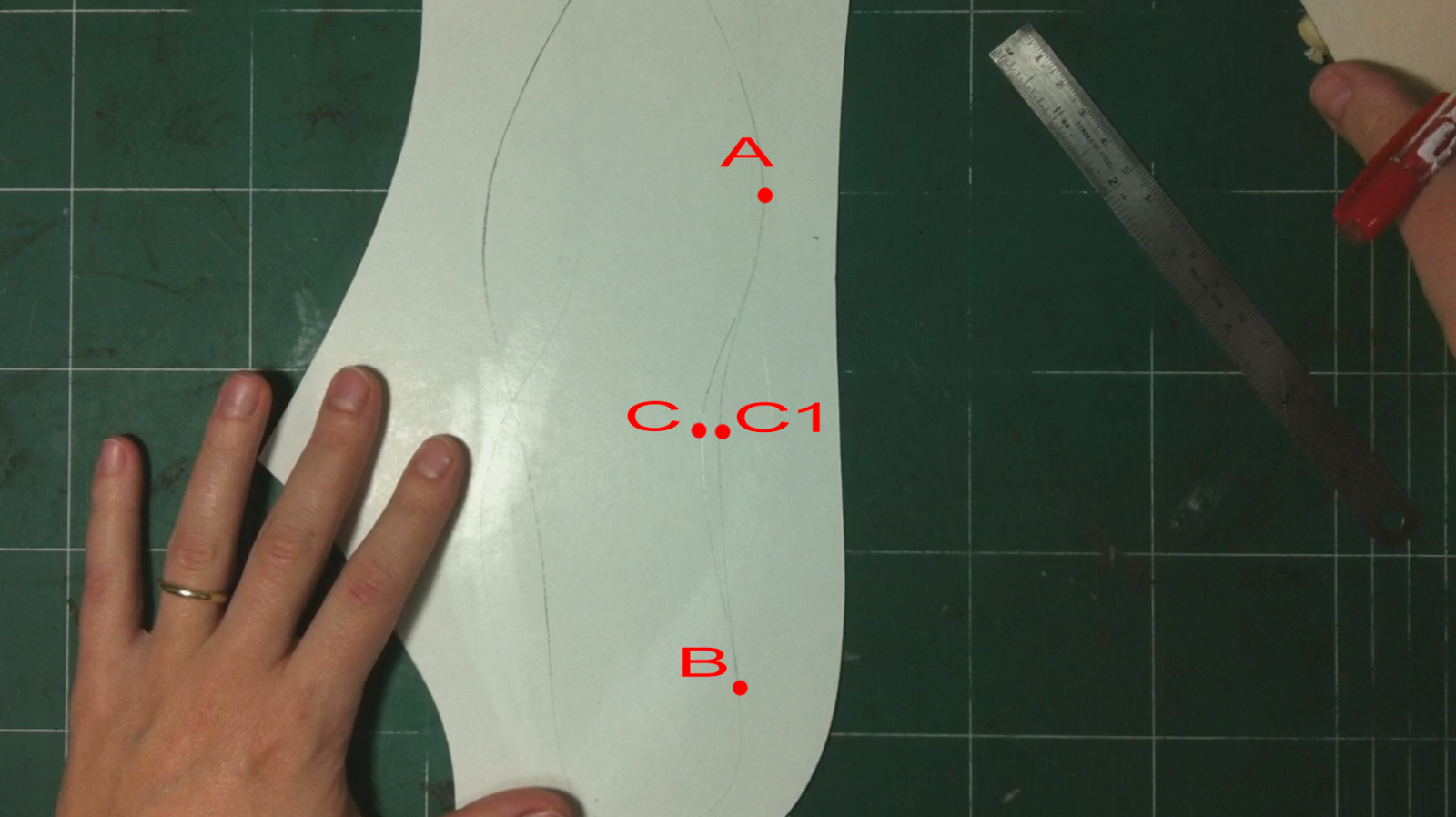As promised at the beginning of this week I just opened registration for my intensive online design course.
Footwear Design Course: "Knowledge -Technique – Freedom"
It is a practical intensive design course, it is an workshop to gain you the knowledge and advantages you need to create shoes that you want to create, if it's for you or for your client.
As I mentioned in a previous post , this course will be more about doing then talking. Without any expectation for your inspiration, ideas or any other excuses. Here you will come up with your own shoe designs working through your knowledge in footwear construction that you will gain during this course.
I simplified the process and understanding of shoe construction, so it will suit for beginners in footwear design as well as for more experienced designers and shoemakers.
This course consists of 9 lessons with duration of 45-60 minutes, 2 lessons a week. The cost of the course is 120 Euros.
The course will open in 25 March The course will launch on March 25th.
The course price:
Early bird registration : Until March 15 = 100 €
Members early birds: = ( Use your discount code) 55 €
Regular price : 120 €
Members: = 70 €
Here are short summary of the Footwear Design Course:"Knowledge -Technique – Freedom"
Introduction : Understanding footwear design or what is it mean being footwear designer.
Footwear design or Footwear styling
Footwear as complete product
Don't wait for inspirations- Use your technique knowledge
Technical knowledge as a key for creativity
Shoe world guide
Simplify the rules of pattern construction:
Workshop: 6 types of shoes
Learning the rules
Construction on the last
How knowing the rules of construction will help you to create any design
10 crucial points on your last to avoid mistakes in your design
Freehand Pattern Technique- How to simplify the most complicated shoe patterns. This technique will allow you to explore your creativity by giving you the right tools and freedom in design.
Shoemaking rules and freehand pattern workarounds
Intensive workshop:
Click the link for full list
The course will be hosted at Shoemaking Courses Online.
For questions you can contact me : Here
Kind regards,
Sveta Kletina
Follow my blog with Bloglovin









